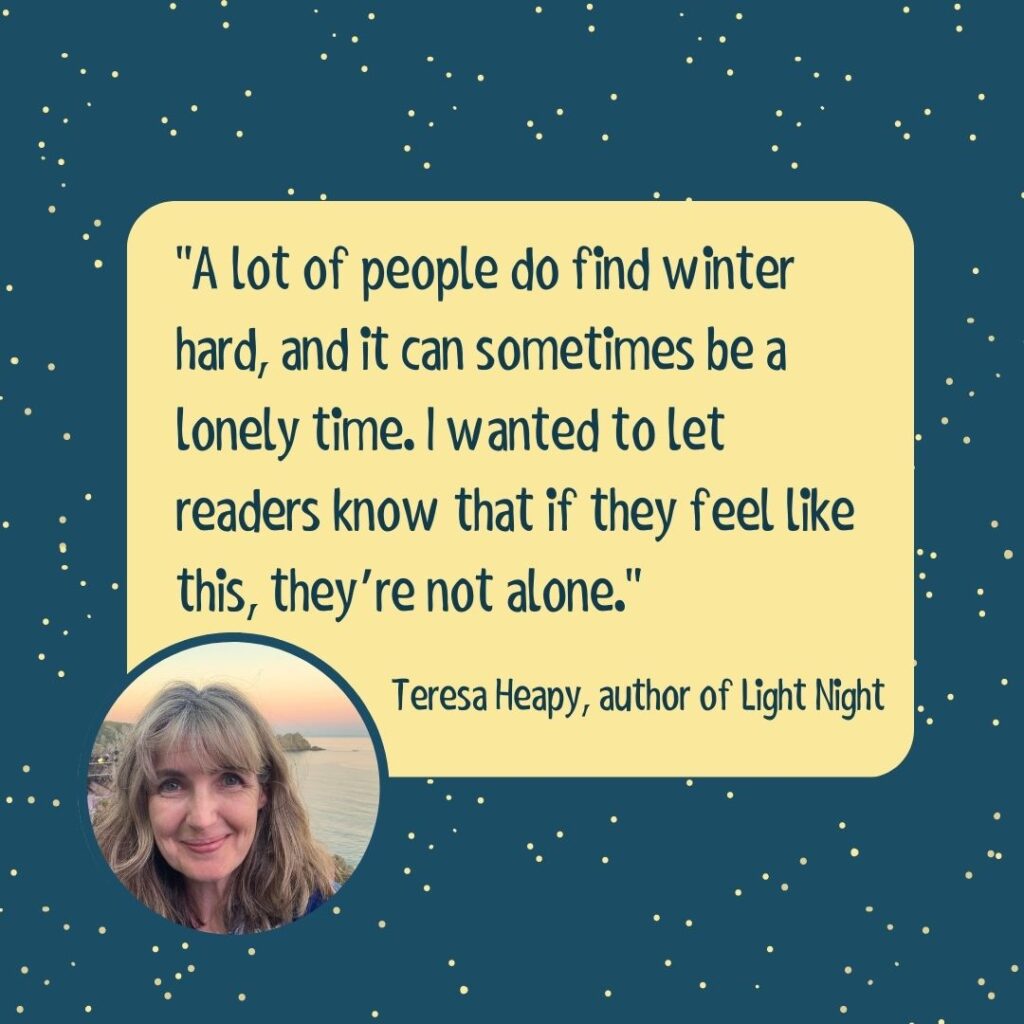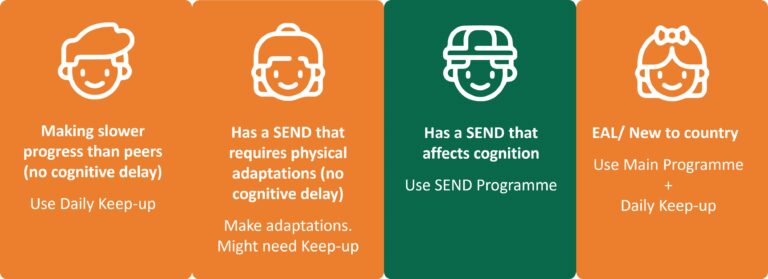Activity One – What Happened During Dickens’ Lifetime?
Year 2 to Year 6
So much of history is difficult to understand because the context is difficult for children to grasp. As teachers we often try to give the children an idea by saying, ‘back when your grandparents were born’ or ‘after the Romans but before the Tudors.
If we try to teach the children about Charles Dickens, not only do the children have to get their heads around a funny looking old man who wrote stories but also try to place him in history.
A better way of doing this, especially with recent history, is to contextualise it with contemporary events.
Charles Dickens was born in 1812 and died in 1860. He lived through the heydays of the industrial revolution and the empire as well as the early years of Queen Victoria’s reign.
Using the span of his lifetime, ask the children to research and ‘fit in’ to it, the main events of the time. You can ask them to find the events themselves but the difficulty with that is that they are likely to come up with obscure ones that they won’t understand.
Instead look for around eight to ten important events and ask them to find out the dates and the story of the event and plot them on a timeline. It’s a small, but worthwhile exercise to ask them to draw Dickens at the age he would have been at the time. Some children think that events in someone’s lifetime happen when they are adults but events happen all the time, even when we are children.
Some suggestions are:
– Dickens was three years old when Wellington won the Battle of Waterloo defeating Napoleon.
– He was 13 years old when the first train carried its first paying passengers.
– He was 25 when Victoria became queen
– When he was 28, the first letter using a stamp was posted.
– A year before he died, Isambard Brunel built a revolutionary new bridge linking Devon and Cornwall.
Use the website http://www.bbc.co.uk/history/interactive/timelines/british/index_embed.shtml to help you. The children could also illustrate their timeline ready for display.
Activity Two – The Contemporaries of Dickens
Year 3 to Year 6
So much of history is taught through events but of equal interest are the people of history. A great activity is to organise a ‘Dickensian’ evening and ‘invite’ Charles Dickens and his famous contemporaries to it.
Each child should be encouraged to research famous people who were alive at the same time as Dickens such as Napoleon, Wellington, Victoria, Brunel, Peel and more.
They can then choose who they want to be and must research the person and arrange for a suitable costume.
Invite parents along to the evening at which the children can introduce themselves before mingling with parents as their character ‘in role’.
Done very well, the activity can also act as a battle of egos and if the characters would have met in real life, give an indication of their interaction.
Activity Three – The Industrial Revolution
Year 4 to Year 6
The subject matter for many of Charles Dickens’ work was the living conditions and poverty of the people who were affected by the industrial revolution. Again, out of context, children often fail to understand why the people were poor or how they had got into that situation.
For that reason it’s worthwhile finding out a little about the industrial revolution and its effect on the people of Britain.
The best way to do it is by flow chart as it’s very much a story of cause and effect.
Write the key facts of the industrial revolution on sets of cards, post it notes or as notes on an interactive white board and together try to order them using arrows to indicate cause and effect.
Key facts to include are:
– New farming methods make large scale farming more profitable needing a smaller workforce.
– New or more efficient forms of power developed, reducing workload.
– New machinery invented which can vastly increase output whilst reducing labour.
– Greater demand for manufactured products requiring larger workforce.
– Growing markets through the empire requiring more products.
– Development of cities
– Child labour
– Growth of schools
– Migration from country to city
– Emigration to new countries
The exercise is a good one for developing the important notion that in history every cause has an effect and that often, several link together and will help the pupils in future historical investigations to understand why some events happened.
Activity Four
Year 3 to Year 6
The subject of this set of activities is the great novelist Charles Dickens and it wouldn’t be right to work on the topic without an understanding of the man.
We are going to do a biography of the man but in the format of ‘Did you know…’
This way, instead of a long piece of writing all we need from the children are some facts about the man, written as sentences, or at most, short paragraphs. We’ll put up a life sized picture of him then append the facts around the picture.
Other children in the school will be able to find out more about him just by reading one or two facts as they pass the display.
Give the children different material to use to research the facts including books, encyclopaedias and the internet. Whilst the children will think of using books as a bit archaic, it’s useful to practise a range of research skills rather than simply type a question into a search engine.
Dave Lewis
Primary teacher


